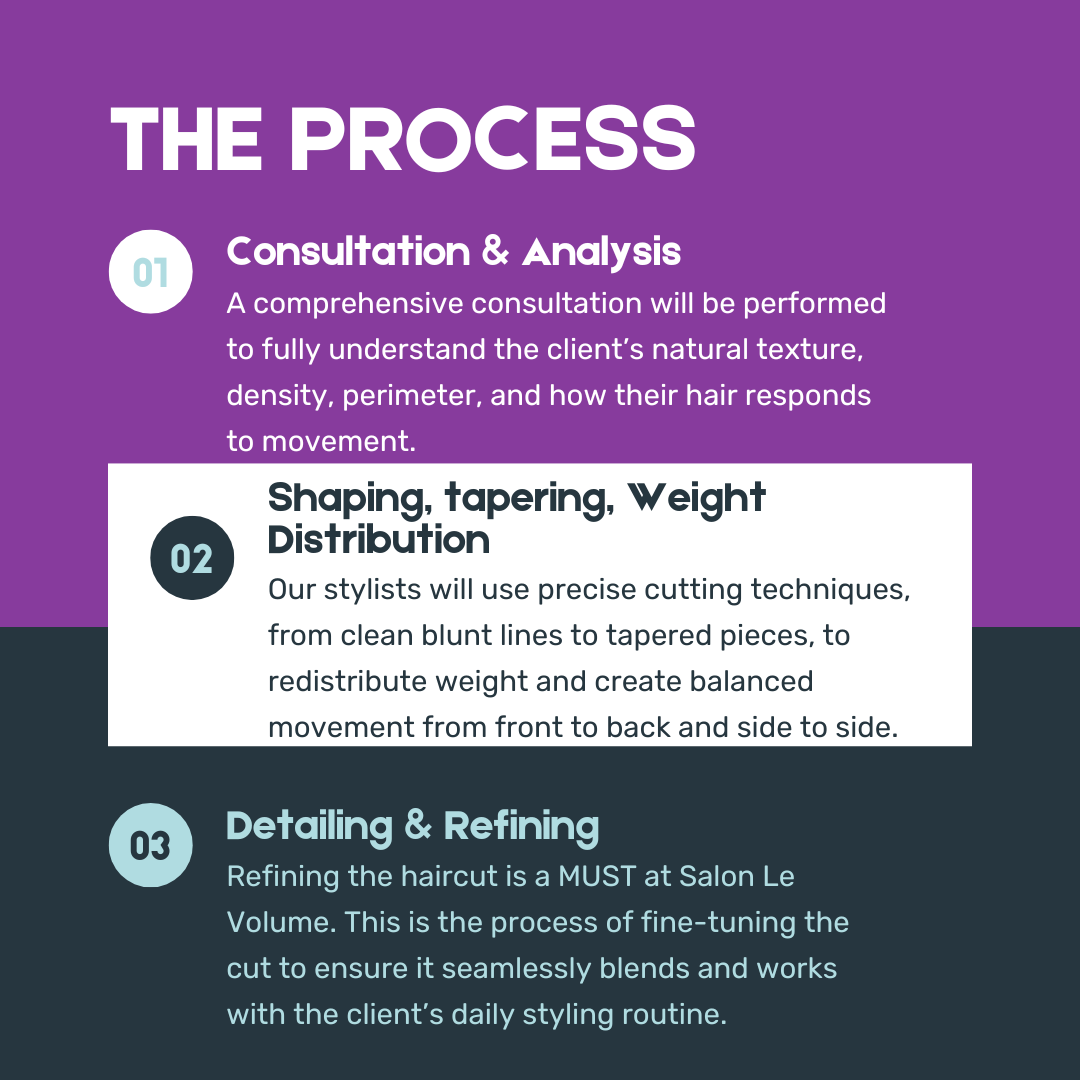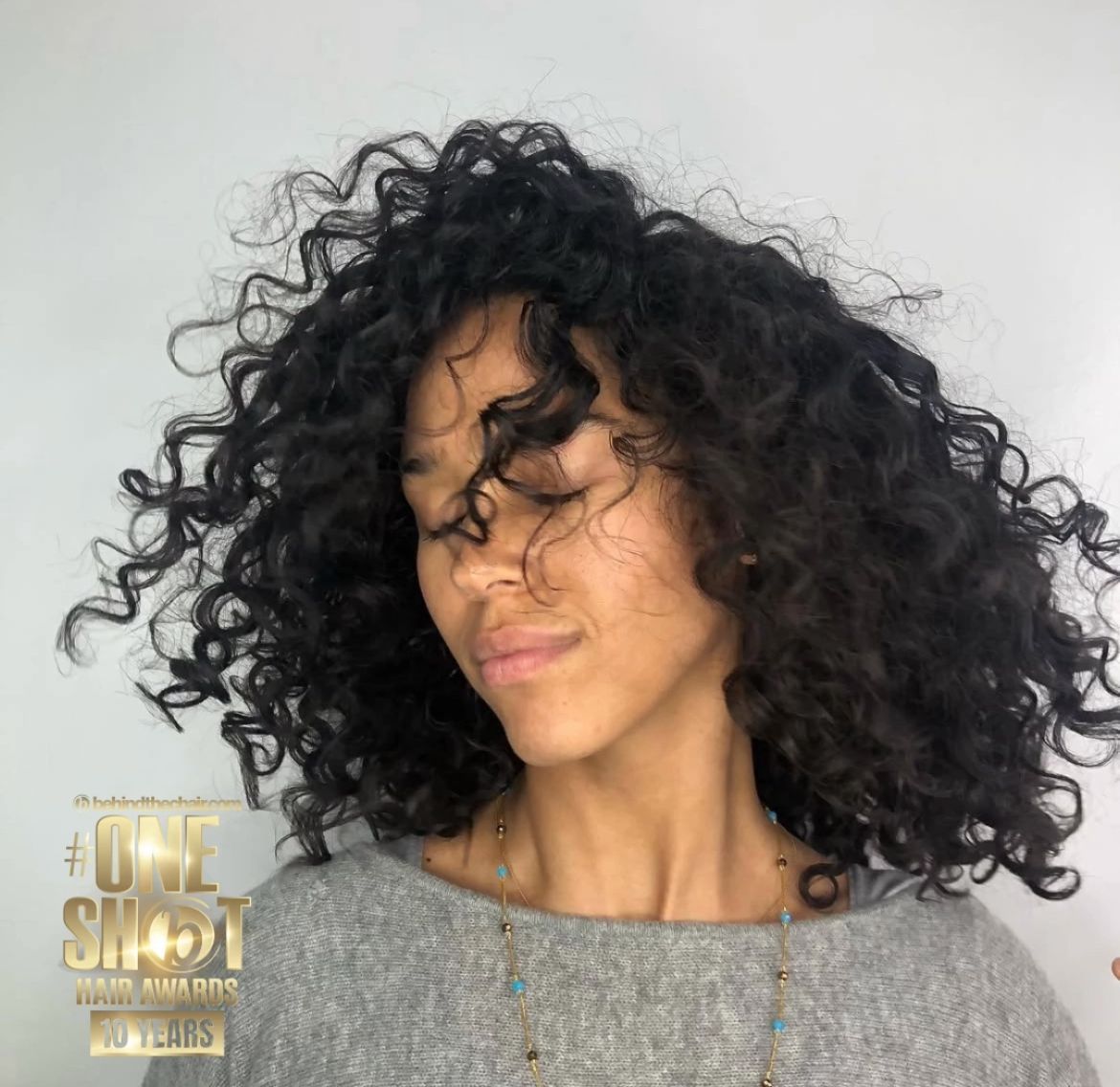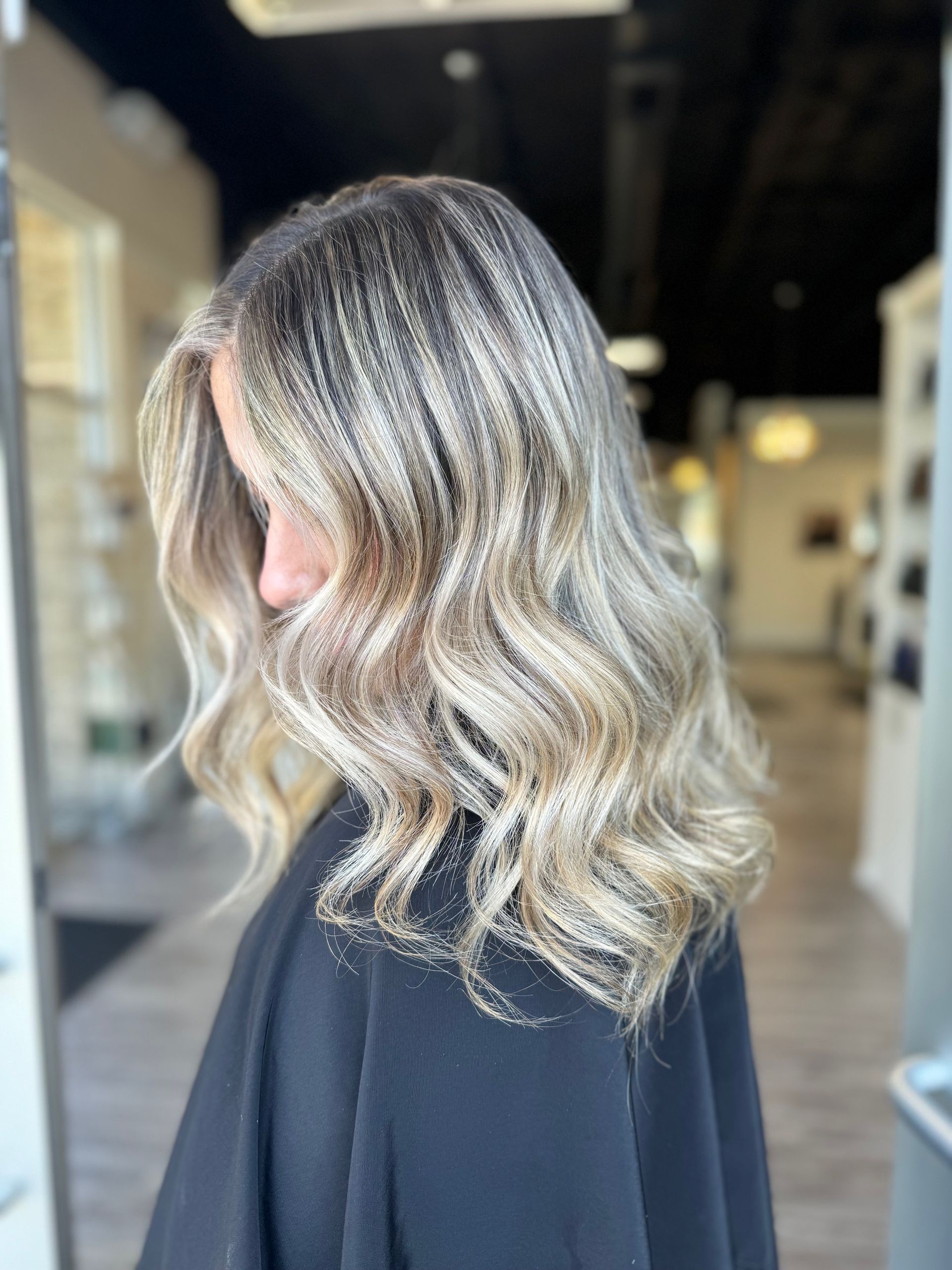The Art of Dry Cutting: A Technique for Effortless, Lived-In Hair
Hair by: @millabellevue
What is Dry Cutting?
Dry cutting is a specialized technique that uses the hair in its natural, dry state as a guide. Unlike wet cutting—hair lies flat and compressed—dry cutting allows for greater precision, making it easier to see how the hair naturally expands, moves, and falls. This method enables highly detailed work, particularly for shaping, texturizing, and weight distribution.
One of the core techniques within dry cutting is the John Sahag Tapering Method, which involves vertically tapering the ends of the hair with shears. This approach follows the natural grain of the client’s hair.
What hair types can it benefit?
Dry cutting is highly versatile and can be used on nearly all hair types and textures. Whether a client has fine, thick, curly, or straight hair, this method allows for customization—certain areas can be softened with tapering or texturizing, while others remain blunt for structure.


Dry cutting requires specialized shears that are sharper than traditional shears, as dry hair tends to dull blades quicker. These scissors are also designed with angles that prevent snagging, ensuring a smooth and effortless cut.
The Transformation: What Clients Love About Dry Cutting
• A Lived-In, Organic Look –
Dry tapered cutting allows the ends to intertwine naturally, creating a shape with longevity.
• Effortless Bounce & Movement –
Clients instantly notice how their hair moves more freely.
Final Thoughts: Another Tool in the Stylist’s Kit
Whether a client receives a dry cut, wet cut, or razor cut, each technique serves a unique purpose. Dry cutting is simply another tool in the hairstylist’s arsenal—one that enhances shape, movement, and the overall hair experience.







